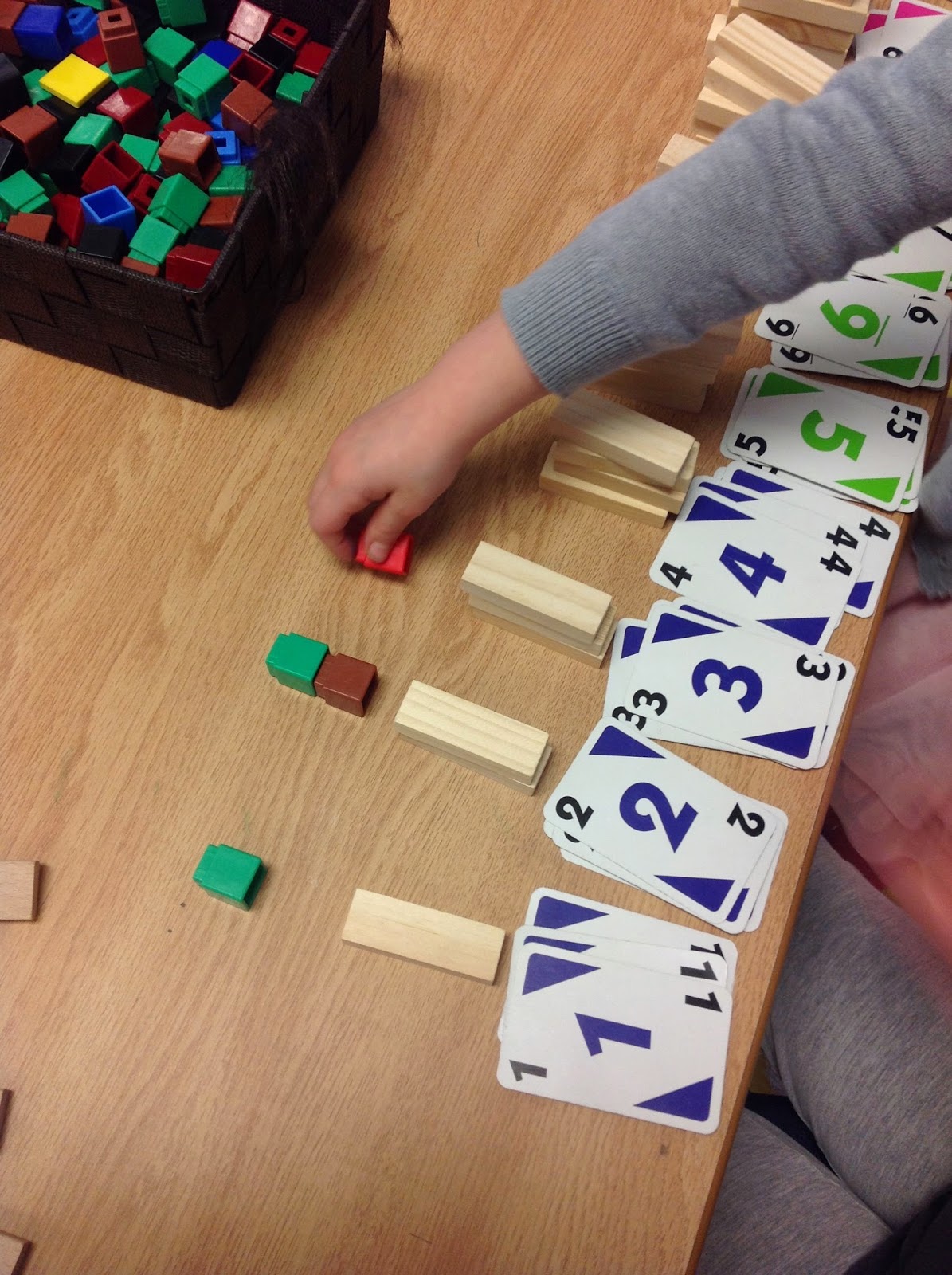To set a context for this post, I would like to highlight that much thinking and learning occurred within the walls of our classroom over the past few weeks that led up to this collaborative story being created by our students. With our students actively adopting the role of a "Scientist" as part of this environmental inquiry, whether it be through our daily conversations, sharing and building on each other's thinking and in connection to various literacy experiences and scientific explorations (e.g. read alouds, shared reading, experimentation, etc), as a teaching team, we made the conscious and purposeful decision to tie in this unique learning opportunity in a way that was unique to us and our learners. In doing so, we hope that this post illustrates to you that this was not something we saw and then "replicated," but rather this learning moment was something that was complimentary to our students theories and thinking about rainbows and where they come from.
A special thanks to our good friend and inspiring colleague, Angie Harrison, for pushing our own thinking as a teaching team around how to make visible to our blog followers that as much as this post highlights a "product," there was still a process involved that got our learners and us as a teaching team to this point in our inquiry.
 |
| Image captured from Acorn School during our visit |
How is a rainbow born?
A Collaborative Story created by the Junior Kindergarten and Senior Kindergarten students
in Ms. Schmidt & Ms. Theis’ class
A rainbow is born with just the air (E.Sz). The rainbow is also born with the sun (D.K). A rainbow can be born during the rain or after the rain in the sky (E.S). My thinking is when the rainbow starts it goes one colour to the other colour, to the other colour and that’s how it grows (C.S).
The first colour is red. It is hot (M.P). The second colour is orange (R.T). It is warmish (L.M). The third colour is yellow (P.B). It is like the sun (V.D). The fourth colour is green (E.Sz). It feels like the grass (Z.P). The fifth colour is blue. It is like the sky (R.K). The last colour is purple (M.D). It feels soft (R.V).
I see the rainbow start from the left and it looks like a semi-circle (E.S). Maybe the other half of the circle is in the ground? (T.B) The colours disappear but the rainbow is still there until another day of rain (E.S). When the rainbow camouflages in the air, it breaks off and turns into air (T.L).
Then a new one is born (Z.P).
But how? (T.D.)
We'd like to extend our sincerest thanks to Acorn School for opening their doors and welcoming us so kindly into their inspiring learning space!
We hope to visit again very soon!



























